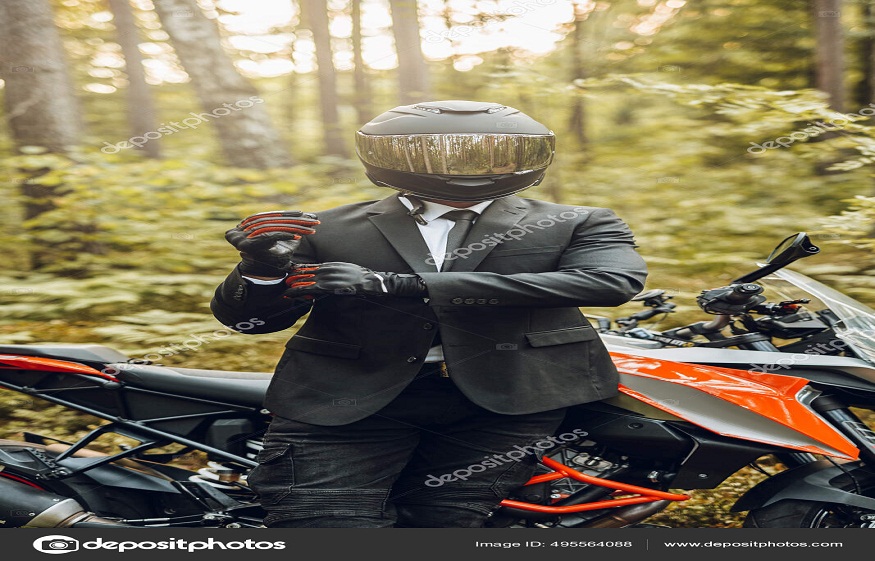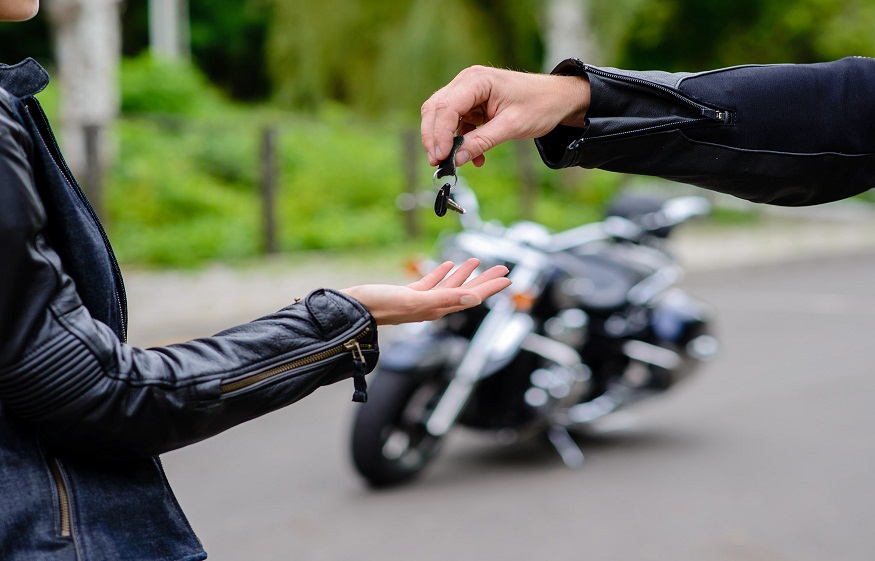The motorcycle can expose its driver to very serious injuries in the event of an accident. It is therefore vital to protect yourself well on a motorcycle. Update on motorcycle safety equipment: helmet, gloves, motorcycle jacket, etc.
While 9 out of 10 young people say they are well equipped, the reality behind the handlebars is more contrasting:
Only 83% of drivers wear their helmet systematically and 81% of passengers.
1 in 3 young drivers drive without gloves.
Other equipment, not obligatory but strongly recommended, is also neglected: the jacket (worn by 62% of drivers vs. 57% for the passenger), pants (62% vs. 61%), high shoes (43% vs. 44%) .
Test your knowledge of motorized two-wheeler safety equipment with our quiz!
Equip yourself properly for your safety on a motorcycle
To limit the severity of injuries in the event of an accident, equipment is essential for motorcycle safety, for the driver and for his passenger.
The motorcycle helmet
The first mandatory piece of equipment for motorcyclists and passengers, the motorcycle helmet protects against impacts and increases visibility to others thanks to reflective devices. However, it must comply with certain safety rules:
Fit: The helmet should not move, even if you shake your head several times without fastening the strap.
Be accident-free: after a major impact, it is essential to change the helmet.
Be approved: the helmet must have the European standard (letter E, followed by the indication of the country which approved the helmet and the approval number) or the French standard ( green NF label ).
There are three types of motorcycle helmet:
The jet helmet provides minimal protection, protecting the neck and forehead,
The full-face helmet offers the best safety on a motorcycle (neck, forehead, jaw),
The modular helmet is a safety compromise between the other 2 models. But be careful, the majority of these helmets are not approved for use in traffic with the chin guard raised.
Motorcycle gloves
In the event of an accident, the first reflex is to cushion your fall with your hands. Protecting the hands, fingers and wrists, motorcycle gloves are a key piece of safety equipment on a motorcycle. Opt for leather gloves reinforced at the knuckles and palm, equipped with a tightening strap for good support in the event of a slide. Plan on different pairs depending on the season.
According to the Attitude Prévention study “Are 14-24 year-olds on motorized two-wheelers well equipped?” , 1 in 3 young drivers ride without gloves and 4 in 10 young people do not know that they are also mandatory for passengers. However, since November 20, 2016, wearing gloves on motorized two-wheelers has been mandatory for the driver and their passenger. Motorcycle gloves must be approved and bear a CE label, guaranteeing their resistance to friction, abrasion, perforation and cutting. Any offender is liable to a fine of 68 euros and the withdrawal of a point on their driving license.
A safety shell for the biker, the motorcycle jacket is essential!
To protect against abrasion, avoid synthetic linings (nylon) which can melt in the event of a slip and cause serious injuries. Choose a leather jacket, which provides natural protection against abrasion, or an anti-abrasion textile (kevlar or cordura). To reduce shocks and injuries, choose a motorcycle jacket equipped with a back protector and reinforcements at the elbows and shoulders.
The “airbag” vest
There are two types of airbag vests. The wired airbag vest: as soon as the motorcyclist separates from his motorcycle, the safety cord, which connects the jacket to the machine, pulls the activation key and the gas spreads throughout the jacket. The “electronic” airbag is triggered when the electronic sensors fixed to the motorcycle detect the accident (an impact or a fall).
The shoes
If you don’t want to invest in specific motorcycle boots, opt for high-top, non-slip, leather shoes that are flexible enough to feel the controls. Ideally, they should be equipped with reinforcements to protect the ankles.
Same motorcycle equipment in winter as in summer
The summer period is conducive to risky practices: 57% of the motorcyclists questioned say they wear a T-shirt, 47% say they have bare legs and 31% say they wear open shoes when riding a motorbike in the summer.
However, the risks of motorcycle accidents are also present in summer. It is therefore essential to equip yourself in the same way as in winter.


